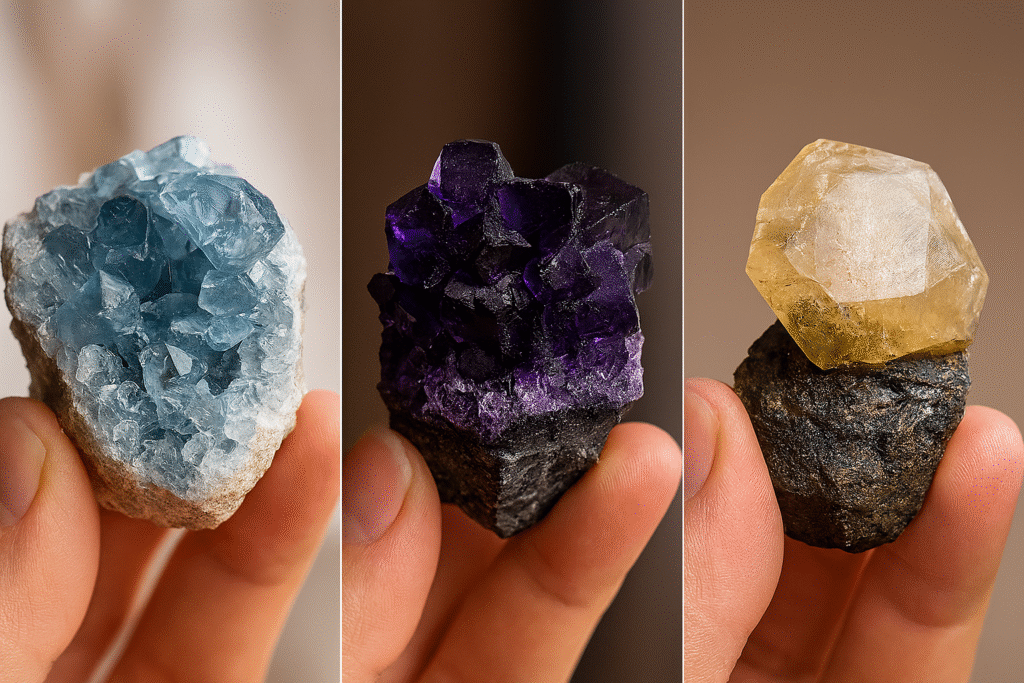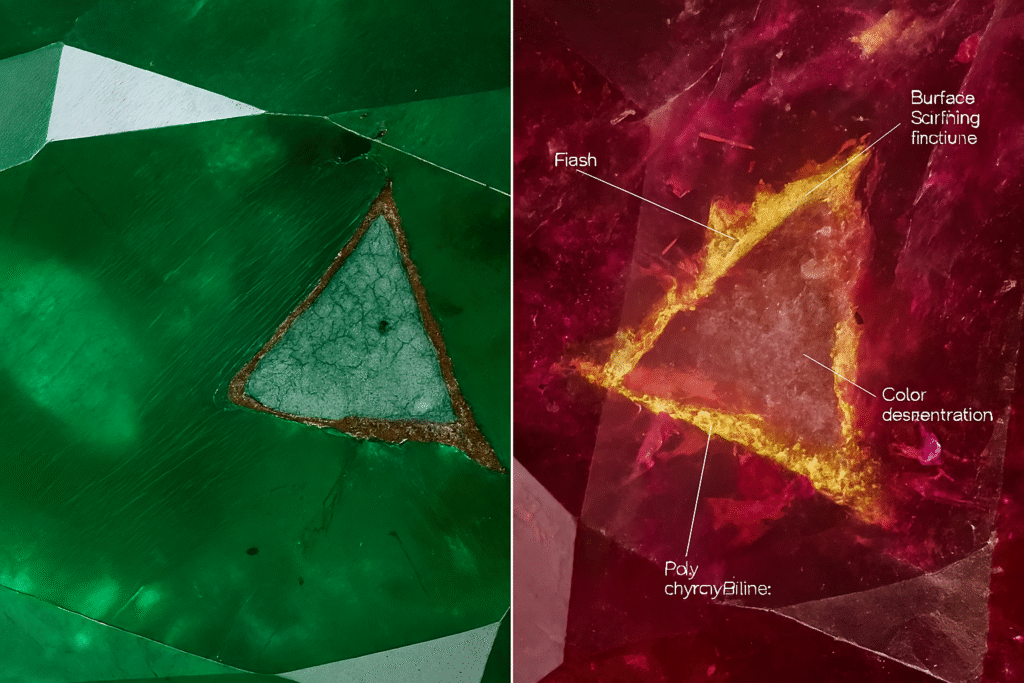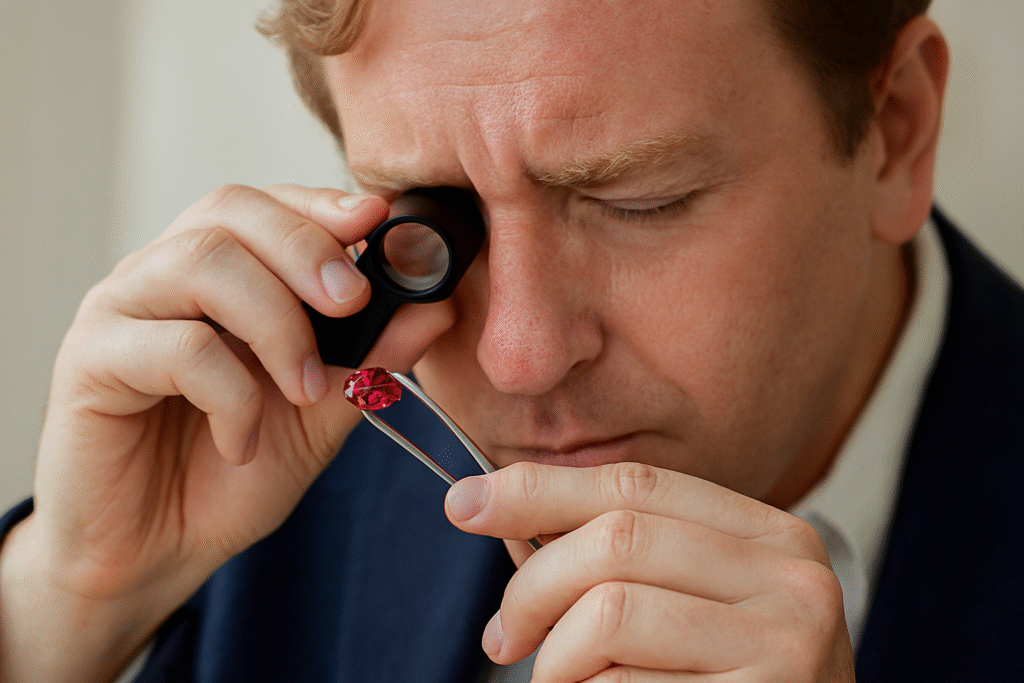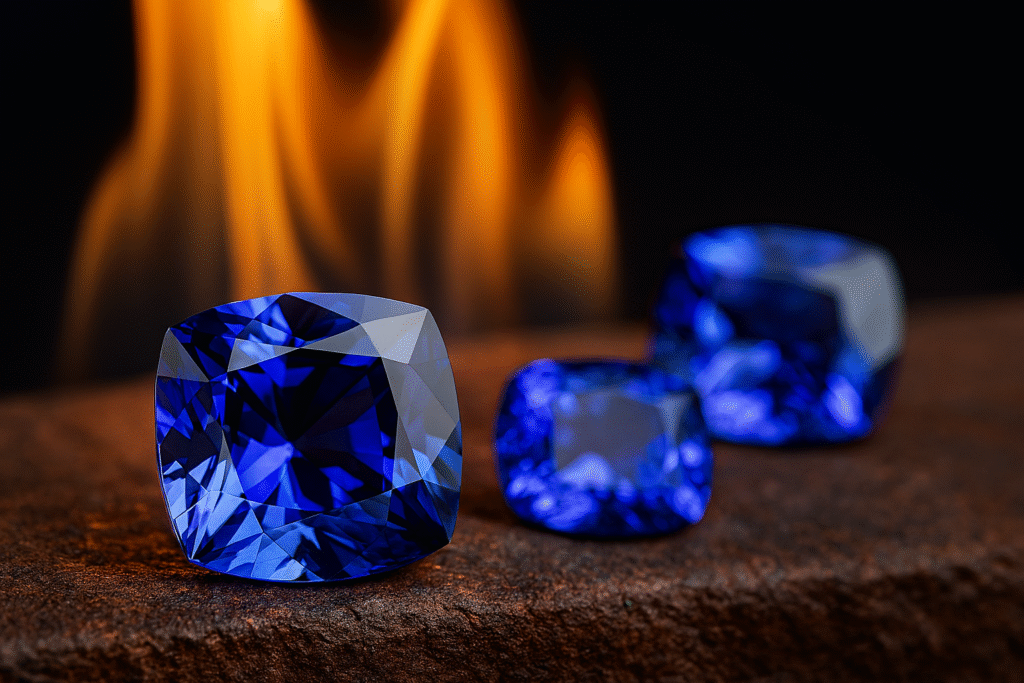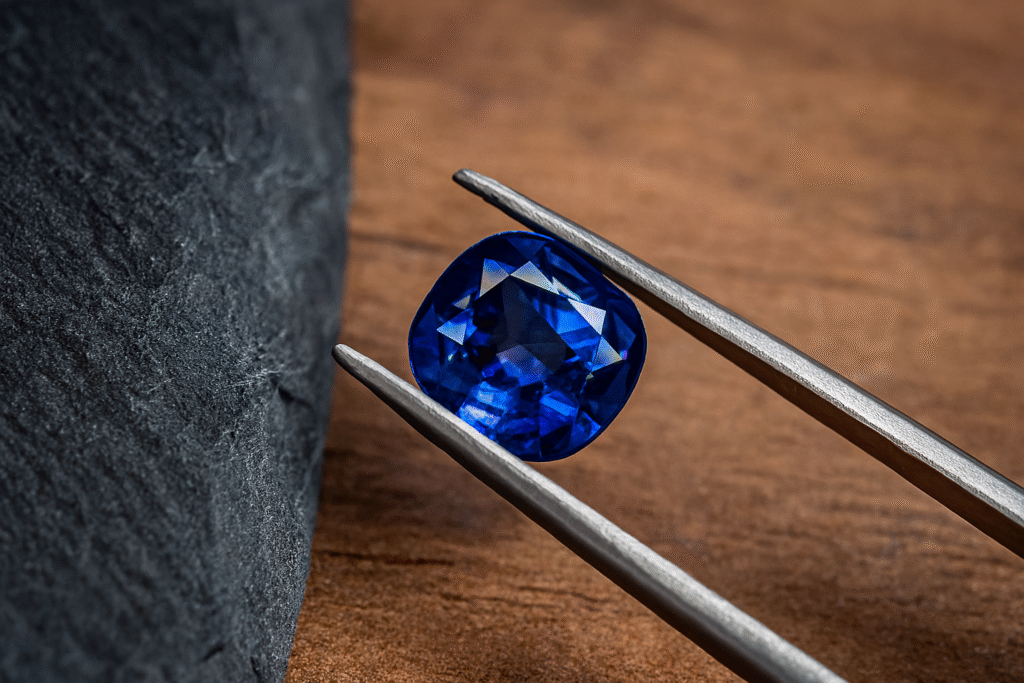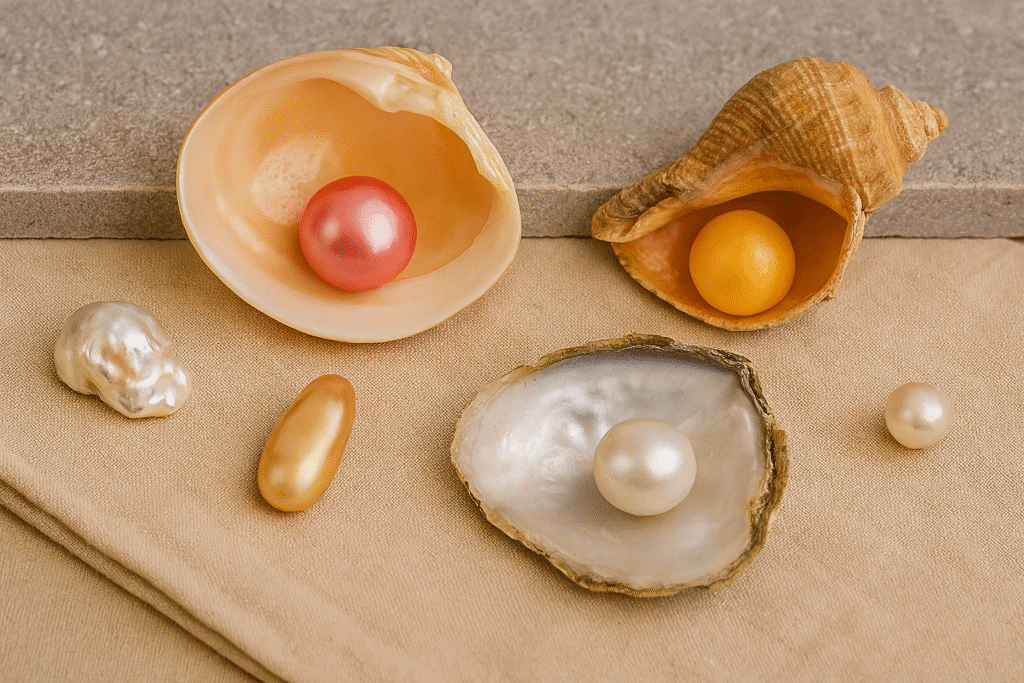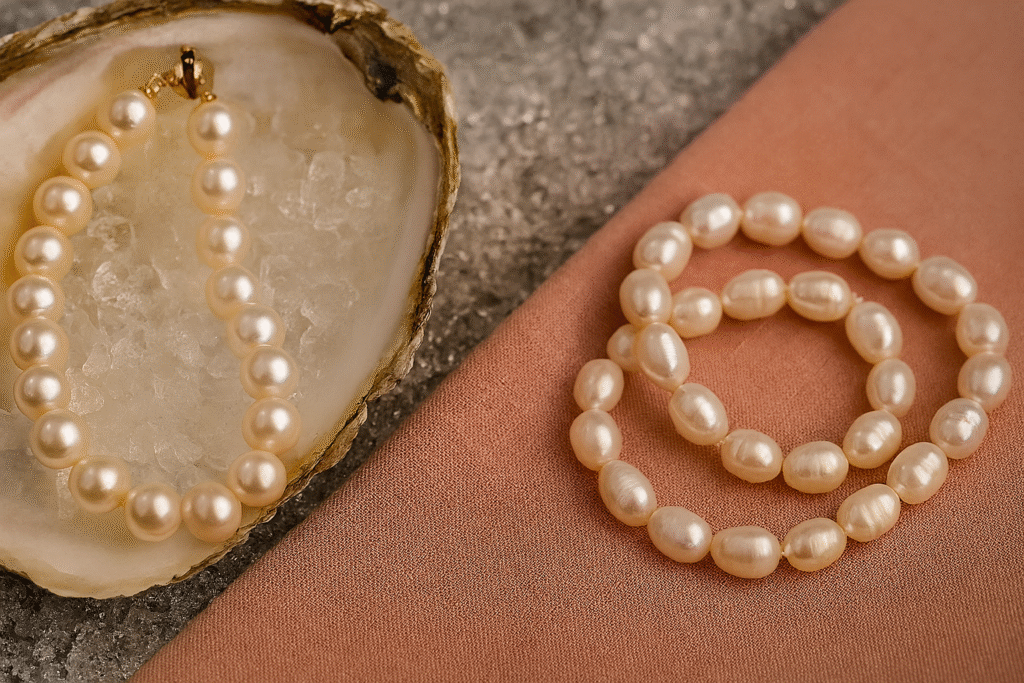De Beers Launches Free Diamond Education App for US Retailers | Natural Diamond Sales
De Beers Group has released a new free education app to help jewelry retailers in the United States sell natural diamonds with confidence. The app, developed by the De Beers Group Institute of Diamonds, is now available for download on both the Apple App Store and Google Play Store. What the App Offers You will […]
De Beers Launches Free Diamond Education App for US Retailers | Natural Diamond Sales Read More »


